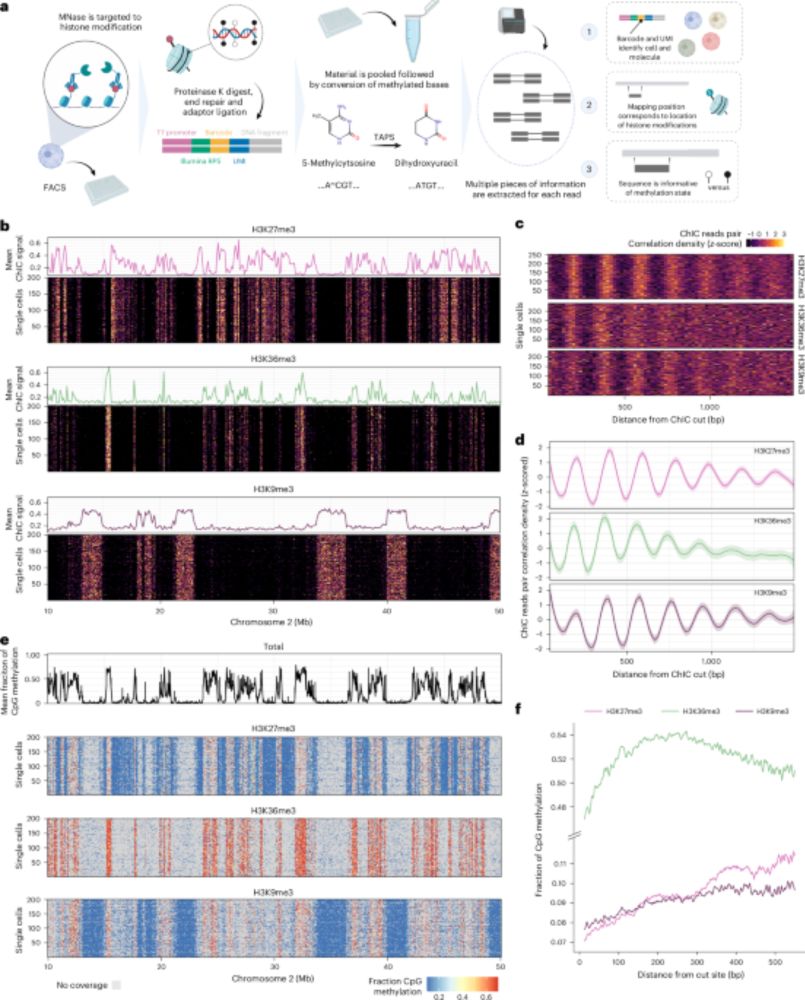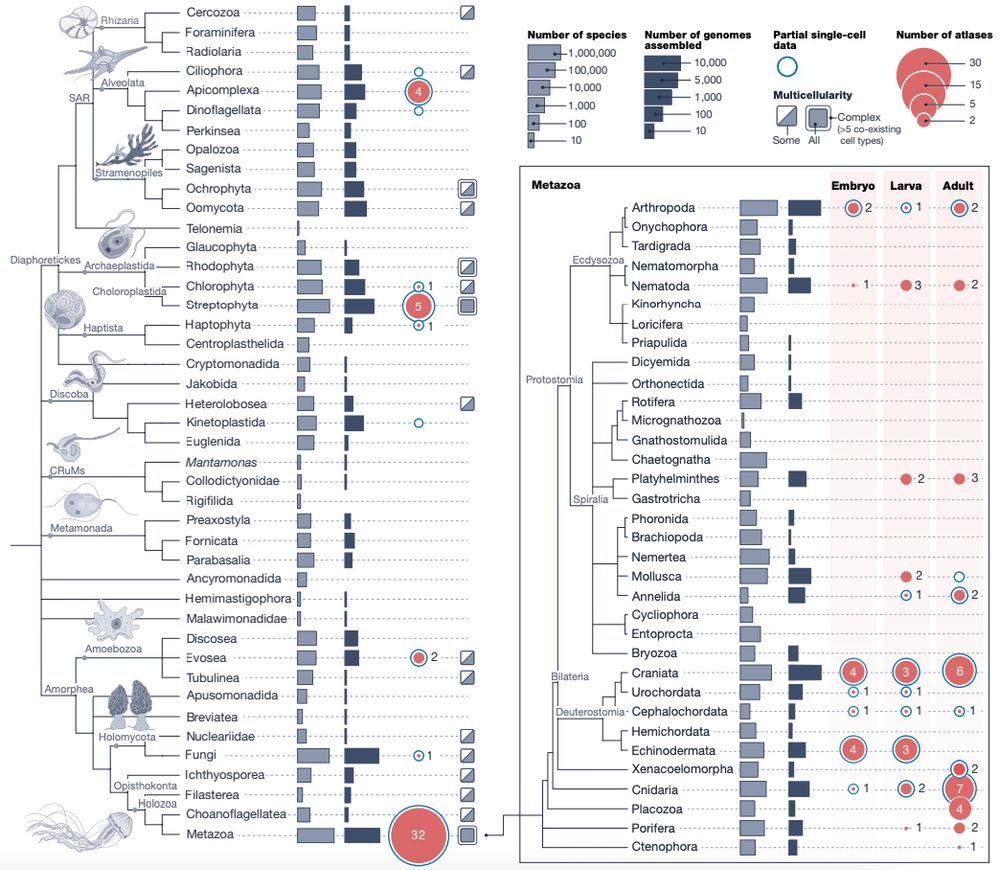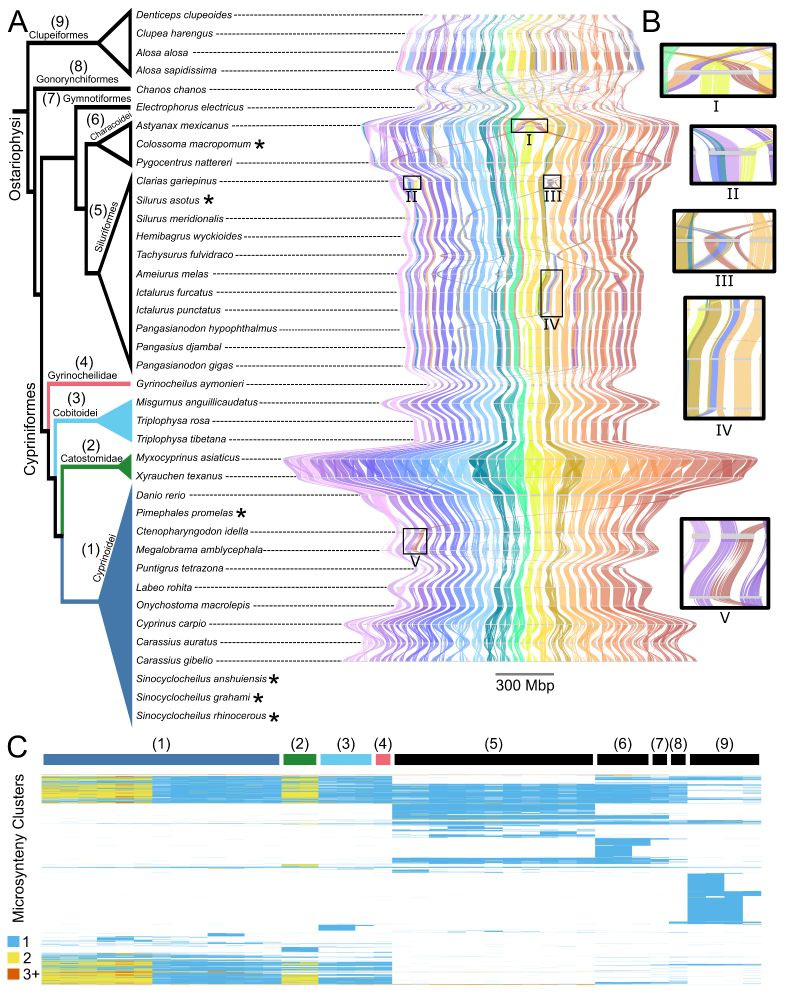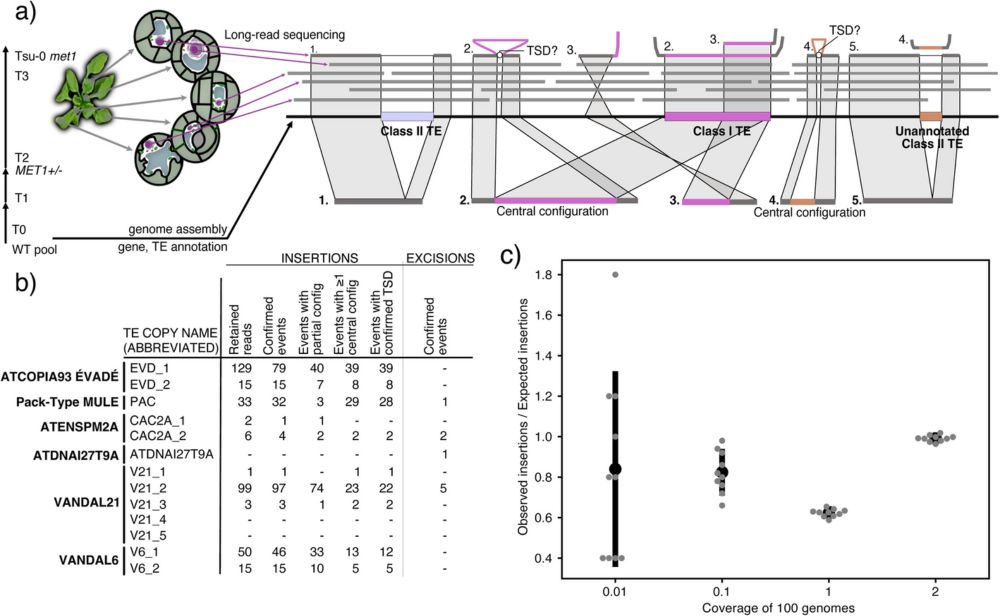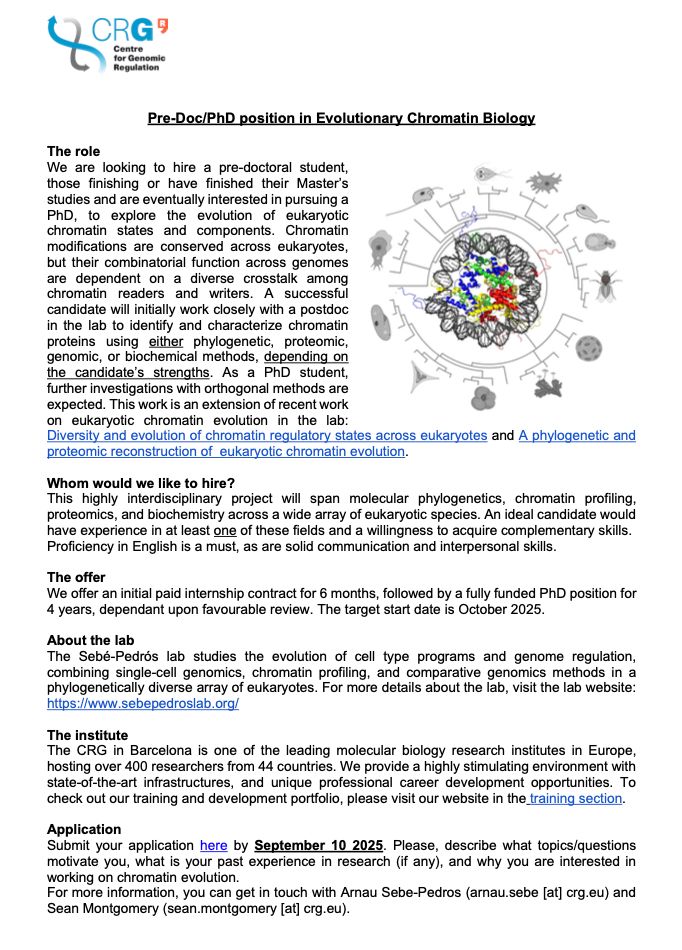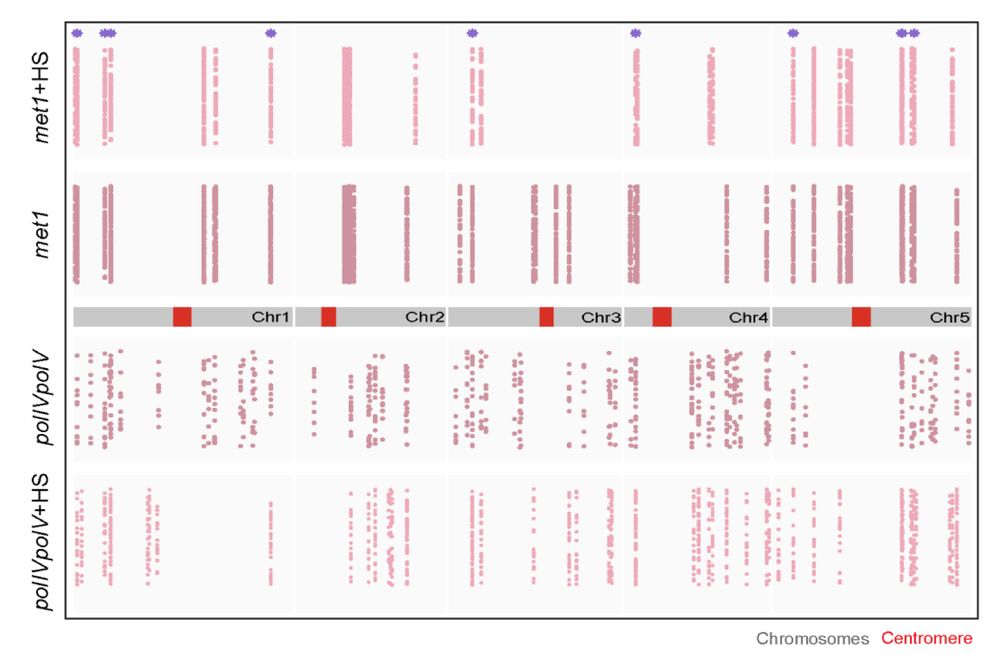Cecile Lorrain
@ccilelorrain.bsky.social
190 followers
260 following
8 posts
SNSF Ambizione Fellow | Junior PI in Plant Pathology @ ETH Zürich | Specializing in fungal genome architecture & TE-driven evolution
Posts
Media
Videos
Starter Packs
Reposted by Cecile Lorrain
Reposted by Cecile Lorrain
Reposted by Cecile Lorrain
Reposted by Cecile Lorrain
Reposted by Cecile Lorrain
Reposted by Cecile Lorrain
Reposted by Cecile Lorrain
Reposted by Cecile Lorrain
Reposted by Cecile Lorrain
Reposted by Cecile Lorrain
Reposted by Cecile Lorrain
Reposted by Cecile Lorrain
Patrick Martin
@pcnmartin.bsky.social
· Aug 21

Multi-scale and multi-context interpretable mapping of cell states across heterogeneous spatial samples - Nature Communications
The alignment of heterogeneous spatial samples has become a growing challenge. Here, authors present a multi-scale, multi-context, and interpretable mapping strategy to map cells across space, time, a...
www.nature.com
Reposted by Cecile Lorrain
Nature
@nature.com
· Aug 15

Elementary 3D organization of active and silenced E. coli genome - Nature
An ultra-high-resolution chromatin organization map of E. coli, using Micro-C, reveals intricate chromatin structures involved in the silencing of horizontally transferred genes and those associated with active operons.
go.nature.com
Reposted by Cecile Lorrain
Fantin Mesny
@mesny.bsky.social
· Aug 15
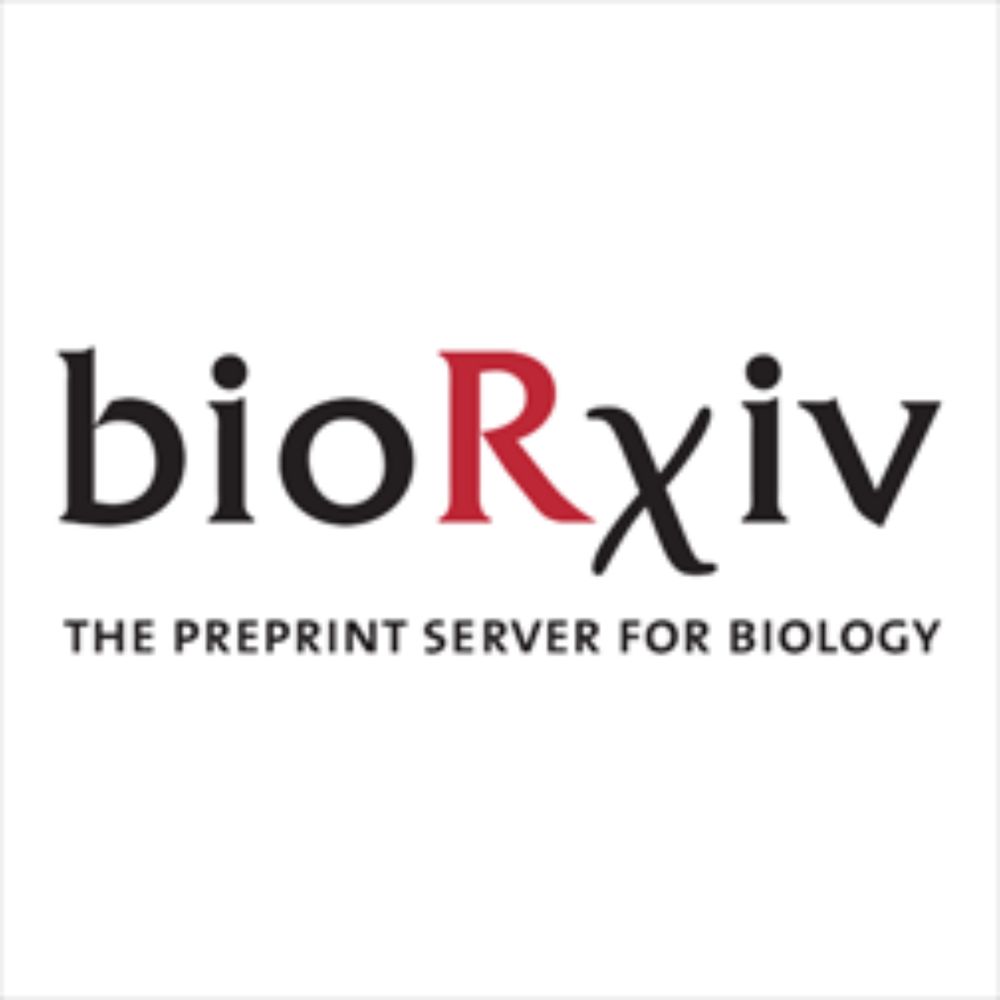
Plant-associated fungi co-opt ancient antimicrobials for host manipulation
Evolutionary histories of effector proteins secreted by fungal pathogens to mediate plant colonization remain largely elusive. While most functionally characterized effectors modulate plant immunity, ...
www.biorxiv.org
Reposted by Cecile Lorrain
Team Thomma
@teamthomma.bsky.social
· Jul 24
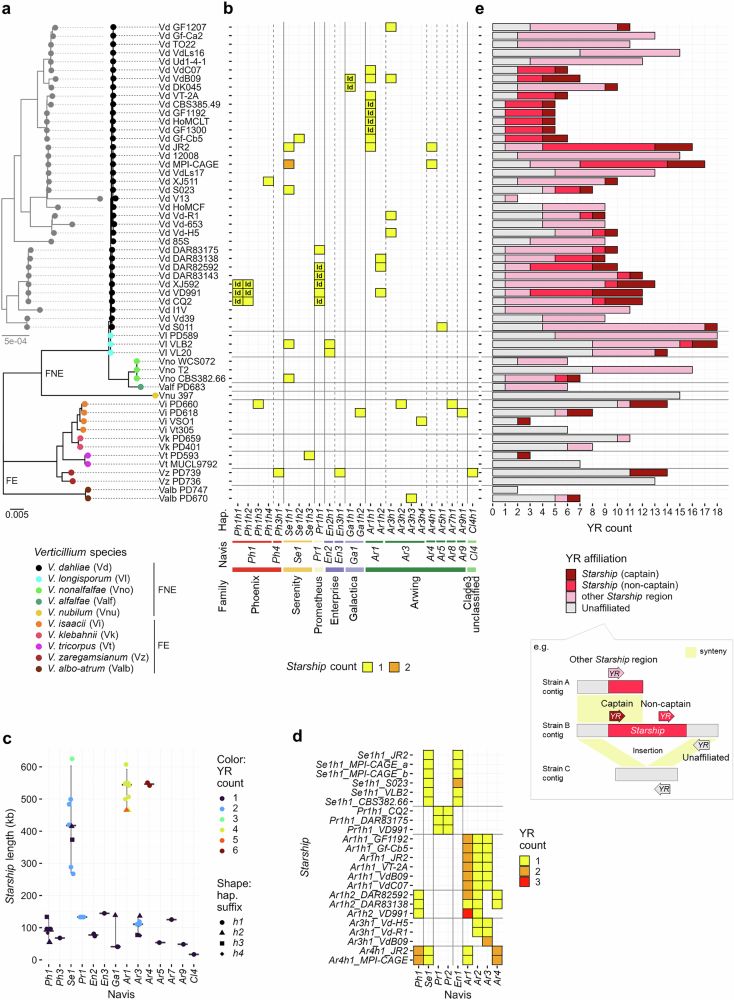
Starship giant transposons dominate plastic genomic regions in a fungal plant pathogen and drive virulence evolution
Nature Communications - Giant transposons, known as ‘Starships’, mediate horizontal gene transfer between fungal genomes. Here, Sato et al. show that Starships occupy genome regions...
rdcu.be
Reposted by Cecile Lorrain
Ingrid Lohmann
@ilohmann.bsky.social
· Jul 23
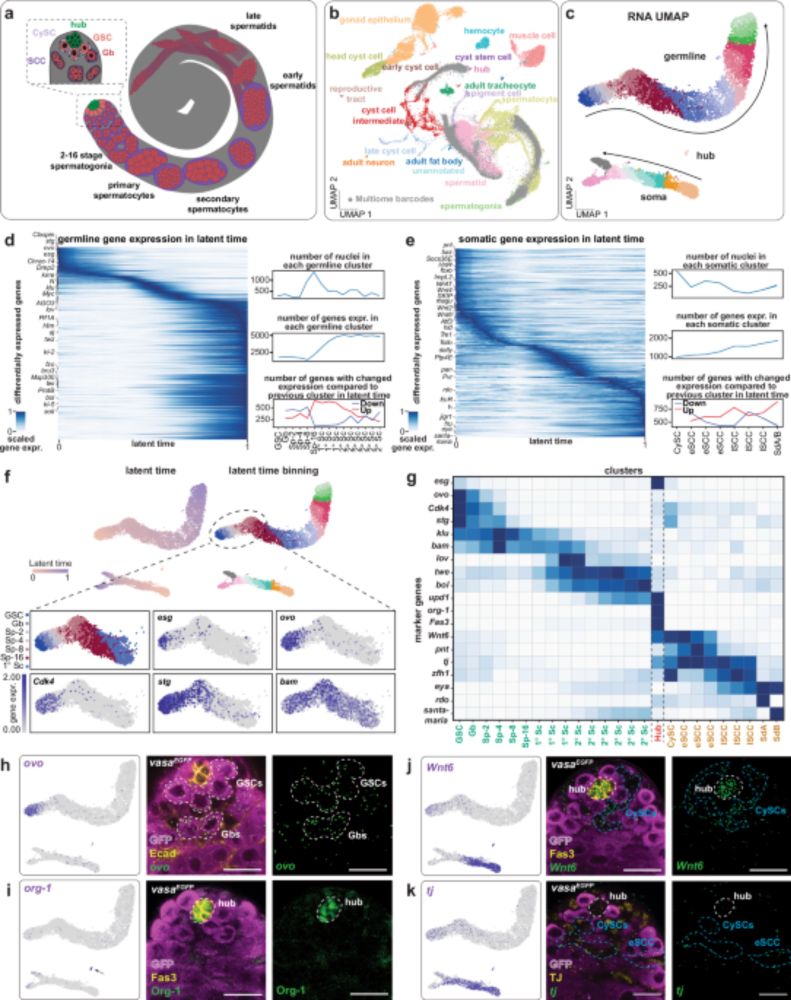
Dissecting the enhancer gene regulatory network in early Drosophila spermatogenesis - Nature Communications
Single-cell multi-omics in Drosophila testis reveals enhancer-driven gene regulatory networks and shows how Wnt signaling and key transcription factors orchestrate stem cell maintenance and lineage pr...
www.nature.com
Reposted by Cecile Lorrain
Reposted by Cecile Lorrain




